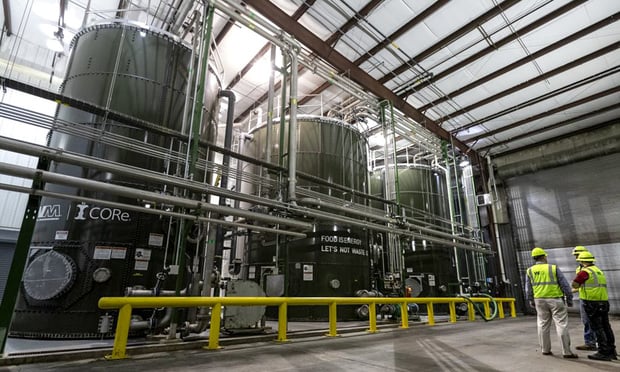PARSIPPANY, NJ—After being robust for several quarters, office leasing “stalled” in the first quarter of 2016, but industrial properties continued to set new records – including rental rate increases that could reach twice the level of previous lease deals, according to research by Colliers International's John Obeid and David Simon.
“Deals were getting done, but it was the lack of the large transactions that really pushed activity levels lower this quarter,” Obeid, Colliers senior director of research for New Jersey, tells GlobeSt.com exclusively, regarding office. Transactions in excess of 100,000 square feet last year were not replicated in the same quarter this year. “That turned absorption negative for the quarter, but that can be pointed toward to the densification trend. We're seeing lots of clients relocate into more efficient class A space, and leaving behind some large blocks of class B.”
There was more than 300,000 square feet of positive absorption in class A space, which has been positive in six of the last seven quarter, he says. “We've been seeing that for the past several quarters, a flight to quality trend,” he says.
Recommended For You
Want to continue reading?
Become a Free ALM Digital Reader.
Once you are an ALM Digital Member, you’ll receive:
- Breaking commercial real estate news and analysis, on-site and via our newsletters and custom alerts
- Educational webcasts, white papers, and ebooks from industry thought leaders
- Critical coverage of the property casualty insurance and financial advisory markets on our other ALM sites, PropertyCasualty360 and ThinkAdvisor
Already have an account? Sign In Now
*May exclude premium content© 2025 ALM Global, LLC, All Rights Reserved. Request academic re-use from www.copyright.com. All other uses, submit a request to [email protected]. For more information visit Asset & Logo Licensing.









